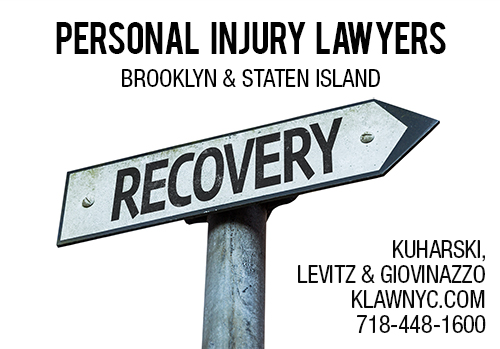Broken and Fractured Bones
Car accidents are traumatic. They’re even more traumatic when you leave the scene with an injury. Some of the most common accident-related injuries are broken and fractured bones.
Medical Terminology: Broken and Fractured Bones
Medical professionals refer to broken bones as fractures, so for the most part, you can use the two terms interchangeably. Many factors contribute to your risk of breaking bones in a car accident, including your age, your weight and the severity of the crash.
The Ways Bones Break During Car Accidents
While there are several types of fractures, some are more common with car accidents. During your treatment, you might hear a doctor talk about displacement and open or closed fractures.
- Displaced fractures. If your bone snaps into two or more pieces and moves so that the pieces are not aligned, you have a displaced fracture.
- Non-displaced fractures. If your bone cracks, whether it’s all the way through or only part of the way through and the pieces remain aligned, you have a non-displaced fracture.
- Closed fractures. When your bone breaks but doesn’t come through your skin, you have a closed fracture. It’s possible to have either a displaced or a non-displaced closed fracture.
- Open fractures. If your bone breaks through your skin, even if it goes back in through the wound and you can no longer see it, doctors consider it an open fracture. An open fracture can be dangerous, because outside contaminants put you at risk for a bone infection.
Other, less common bone fractures include:
- Comminuted fractures. When a bone shatters or fragments into many pieces, you have a comminuted fracture.
- Impacted fractures. When a bone breaks and the two ends are forced into each other, you have an impacted fracture.
- Greenstick fractures. Greenstick fractures are incomplete breaks that actually result in the bone bending. These are most common in kids, whose bones are softer than adults’ bones.
- Oblique fractures. If the break in your bone has a sloped or curved pattern, you have an oblique fracture.
- Transverse fractures. When the break is at a right angle to the bone’s axis, you have a transverse fracture.
It’s possible to have a number of these types of fractures stemming from one car accident. Some may be severe, and others might be comparatively mild. The severity depends on the location of the break and how much damage the tissues and other bones near it have sustained.
How Do You Know if You’ve Broken a Bone?
After any accident, it’s important to get medical care. Most people have several symptoms that point to a broken bone, including:
- A visibly misshapen limb or joint
- Swelling or bruising
- Bleeding
- Intense pain
- Numbness or tingling
- Inability to move a limb or limited mobility of a limb
Even if you don’t think you’re injured, it can’t hurt to let a medical professional check you. Sometimes people in traumatic accidents don’t know they’re injured; in other cases, what seems like mild discomfort now can become a serious injury if left untreated.
The Most Commonly Broken Bones During Car Accidents
Because car accidents often involve sudden stops and trauma from restraint devices, such as seatbelts and airbags, virtually every bone in your body is at risk.
The most common broken bones include:
- Spinal fractures. Spinal fractures are particularly dangerous because they involve your spinal cord’s protective covering. You can sustain a spinal fracture when your vehicle stops but your body continues its powerful momentum.
- Facial or skull fractures. Airbags can save lives, but they aren’t gentle about it. If your airbag doesn’t deploy and your face or head hits an immovable part of your car, you could suffer a fracture.
- Leg and ankle fractures. These breaks can severely limit your mobility in the long-term (especially if you break your femur, the largest bone in your body), and they’re very common in side-impact crashes.
- Rib fractures. A rib fracture can stop you from breathing comfortably, but they can be tough to distinguish from feeling sore all over after a car accident like most people do.
- Wrist fractures. Your wrist comprises 13 bones, and many of them are very fragile. When you grip your steering wheel or another part of your car’s interior during a crash, they can easily break.
Could You Be Entitled to Damages for a Brooklyn Car Accident?
Many people involved in car accidents are entitled to compensation that helps cover their medical bills, lost wages and other expenses. If your accident was caused because someone else was negligent or careless, or because someone did something reckless, you may be able to sue for damages.
The best thing to do after you seek medical treatment is to call a Brooklyn Personal Injury Attorney who understands the ins and outs of broken bones. Your lawyer will listen to the specifics of your case and investigate the circumstances surrounding the crash.
We’re here for you when you’re ready. Call 718-448-1600.
